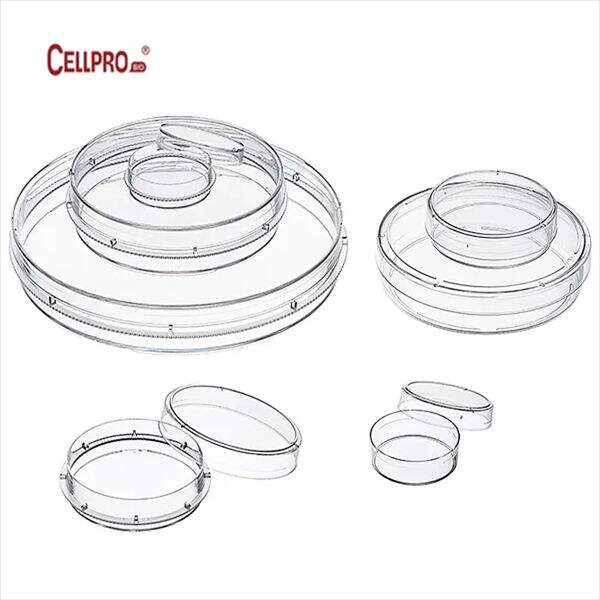According to those in the world of scientific research, one tool many scientists could not live without is their 100 mm tissue culture dish. This unique container helps cells grow, and it sort of looks like a small round dish with a lid. In fact, the 100 mm size is a preferred NMR tube by many scientists as it provides distinguishing features that improve their experiments more than any other.
The 100 mm tissue culture dish provides the space needed for cells to grow, which is one of its biggest benefits. The bigger size of supply also notifies a larger culture, providing scientists the exceptional capability to elaborate a multitude greater part of cells simultaneously with every one cycle in pursuit for extensive and detailed research.
In addition, the larger size of these dishes (100 mm) makes handling easier than those with smaller dimensions. If scientists have to add liquids or manipulate cells further down into the dish, then this large space is an absolute req.T who can cause big trouble when you are working in a smaller container. These advantages not only make the experimental process easier but also decrease cell culture passages and hence, potential contamination.
Scientists have been keenly or almost faithful to 100 mm tissue culture dish due its versatility. Cells require different growth conditions due to the fact that they have so many types of cells, various dishes adjust these differences such as for 100 mm dish consists several environment condition suitable with any kind cell type. Creating and keeping cells in an optimal environment is critically important for scientists in order to maintain the integrity of their results.

In addition, scientists look to the 100 mm dish for experiments that necessitate a higher number of cells. For example, in a study designed to assess the impact of some substance on cells you need lots of cells otherwise no resultsgeist! It uses 100 mm tissue culture dish to achieve sufficient cells for each such experiment.

Choosing the Appropriate 100 mm Tissue Culture Dish for Specific Experiments There are many types to consider, from those made of plastic & glass which can be easily microwaved handed as well or just used once and recycled. Plastic dishes are cost-effective and disposable, but these plates may induce static electricity which could damage cells. Glass dishes are more expensive, but last longer and have less static electricity than plastic alternatives.

Crucial matter to consider is its coating as the last thing. A variety of dishes are available with an advanced surface that promotes cell adhesion to the plate, which further supports experiments where cells require attachment for proper growth. On the other hand, experiments where cells are required to be suspended in solution would require a non-coated dish surface for optimal performance.
High Precision Molding R D Center can handle all steps designing products including mold design, manufacturing, precision processing, mold design process customization, biological verification well scale 100 mm tissue culture dish.
products certified according ISO9001, ISO14001, ISO13485 quality management 100 mm tissue culture dish, well as CE and FDA standards.
laboratory a professional one, cell culture laboratory, 100 mm tissue culture dishlaboratory, robotic tips verification laboratory, etc., which can be used to perform one-stop biological test performance integrated research development consumables. Reagents instruments.
Modernized equipment imported premium raw materials order ensure security quality. CellPro home to more than 100 fully 100 mm tissue culture dishproduction lines import injection machines from FANUC ARBURG ENGEL TOYO, TOYO as well as other brands.